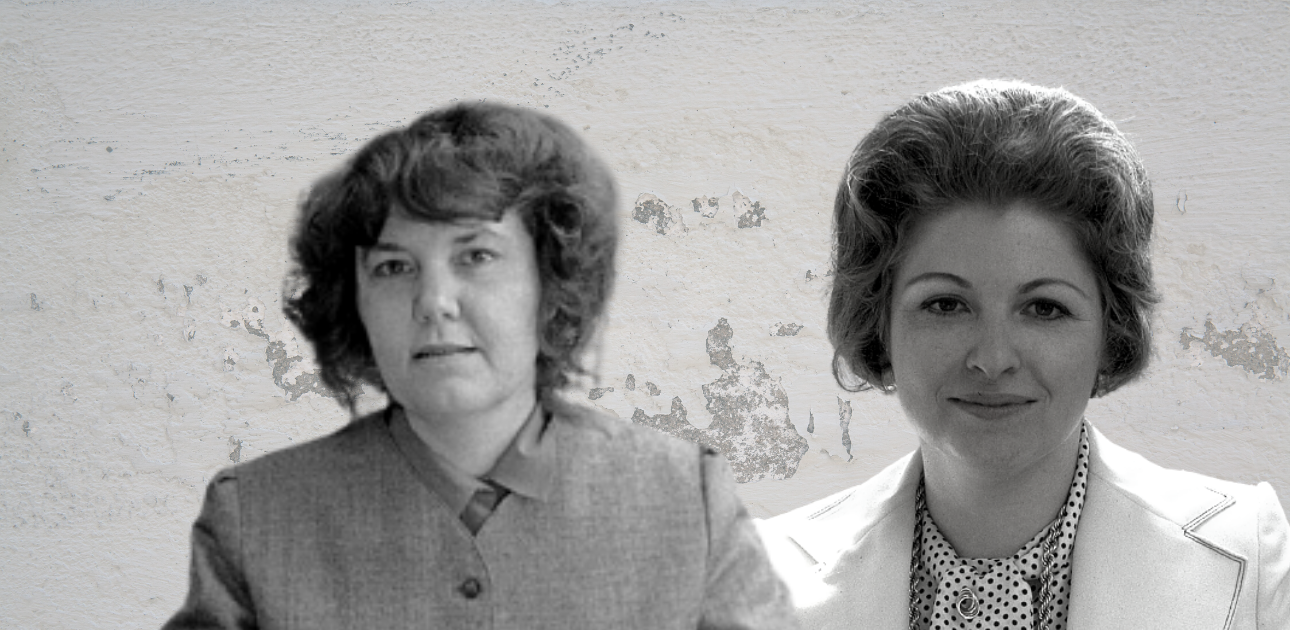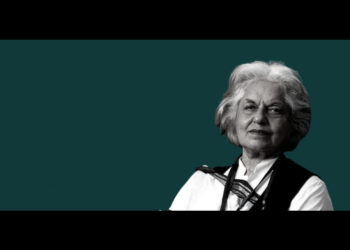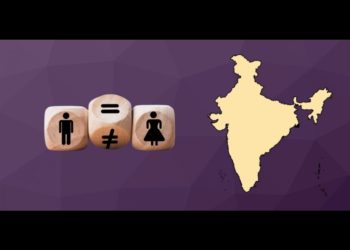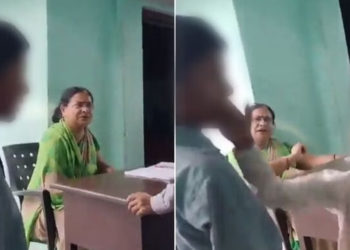
Exactly half a century ago to yesterday, the right of a woman in the United States to undergo an abortion was given judicial acceptance by the Supreme Court of the United States (SCOTUS) in the now-overruled judgment of Roe versus Wade (1973). From the pen of Justice Harry Blackmun, then Associate Justice of the SCOTUS, came the declaration that the criminalisation of a woman’s choice was unconstitutional; it violated the Due Process clause in the Fourteenth Amendment of the U.S. Constitution.
Last year, in Dobbs versus Jackson Women’s Health Organization, the SCOTUS found the decision in Roe to be “egregiously wrong” and overruled it. Before Roe, the underground abortion business thrived, and an estimated one million women underwent illegal abortions annually. The present piece is a tribute to the women — Sarah Weddington and Linda Coffee — who piloted the right of an American woman to choose.
Why did Weddington and Coffee initiate the Roe litigation?
Perhaps her own frightening experience with abortion motivated Weddington.
While a student at the University of Texas Law School, Sarah found that she was pregnant. Both she and her boyfriend (later husband) Ron Weddington didn’t know what to do, but she had the assurance of Ron that he would support her decision. Sarah travelled to a Mexican town across the Texas border and had an illegal abortion. Abortions were illegal in Mexico, too.
Her classmate Coffee, after graduating from a law school, clerked with the noted Federal Judge Sarah Hughes (Judge Hughes swore President Lyndon B. Johnson in soon after the assassination of President John F. Kennedy. Till date, Judge Hughes was the only woman to have sworn a President of the U.S. into office.). Thereafter, she worked at a bankruptcy firm in Dallas.
When Weddington approached Coffee, she explained the objective: overturning the Texas abortion laws. The two young women then looked for a plaintiff — and they found one in a young pregnant girl in Dallas.
Twenty-one-year-old Norma McCorvey was pregnant with her third child. The earlier two were given for adoption, and she did not want to have the third one. She was a waitress, barely making a living; she feared she would lose her job if she had another child. McCorvey would be Weddington and Coffee’s plaintiff, and would be known to the World as Jane Roe. Clueless about legal procedures, McCorvey first met Weddington and Coffee at a pizza joint in Dallas, and was explained that she would have to spend neither time nor money, and would be anonymous.
She agreed to be the plaintiff. Weddington filed the case, and even paid the filing fee of $15 from her own pocket.
Also read: The abortion debate must be couched in equality, not just privacy
What was the verdict delivered by the lower court?
The case came up before the court of Judge Hughes, along with Federal District Judge William M. Taylor and Federal Circuit Judge Irving L. Goldberg. District Attorney Henry Wade opposed Weddington and Coffee. Thus, the cause title: Roe versus Wade. A pseudonymous suitor and her prosecutor.
Coffee opened the arguments and sought from the court a declaration that the Texas Abortion law was unconstitutional. She also sought an injunctive direction to the state of Texas to stop enforcing its abortion laws – for she would argue that both reliefs were necessary if the women in Texas were to get any access to safe abortions. Weddington, addressing a Court for the first time ever, would argue that there were school-going girls and young women who were not yet prepared to bear a child, who ought not to be put through a pregnancy and be permitted to abort.
On June 17, 1970, the court found that the Texas abortion laws were unconstitutional for breaching the fundamental right of every single woman and married couples to decide whether to have children or not — a right which was protected by the Ninth Amendment to the U.S. Constitution. However, the court refused to injunct the state of Texas.
Also read: The irreparable repercussions of the overturning of Roe v. Wade
How was the case argued before the SCOTUS?
Roe was argued twice over at the SCOTUS. The first was on December 13, 1971. Besides the Ninth Amendment, Weddington would rely on the Fourteenth Amendment to argue that a woman’s right to an abortion was protected under the Constitution. She would further argue that the Constitution protected people after birth. She was subject to fierce questioning – which she withstood with grace and intellect.
Attorney General Floyd would argue that there was no remedy provided in law for a Texan woman to sue for abortion. After completion of the arguments in Roe, then SCOTUS Chief Justice W.E. Burger assigned the opinion to Justice Blackmun, who was respected not only within the legal community, but also in the medical community. He found this to be his greatest legal challenge since his arrival to the SCOTUS.
Besides Roe, on the docket of the court lay a challenge to the Georgia abortion laws – which was heard in Doe versus Bolton (1973). A few years before this litigation, the SCOTUS had recognized the right to marital privacy being within the U.S. Bill of Rights in Griswold versus Connecticut (1965). After the decision in Eisenstadt versus Baird (1972), the right to privacy of the unmarried was also recognised.
After the passing away of Justices H.L. Black and J.M. Harlan II, Justices L.F. Powell Jr. and W.H. Rehnquist came to the SCOTUS Bench. So, it was believed that Roe was put up for re-argument.
On October 11, 1972, Weddington again led the charge and argued that it was for the state to show that a foetus was a person under the Fourteenth Amendment, and only then could the compelling interests of the State be weighed against fundamental rights.
On January 22, 1973, half a century ago, Justice Blackmun authored the majority judgment, which unequivocally held that the right of a woman to obtain an abortion was protected by the Constitution, and criminalising abortions was declared unconstitutional. Justices B.R. White and Rehnquist dissented.
Also read: Overruling Roe vs Wade will mean the death knell of reproductive rights
Although diluted in Planned Parenthood versus Casey (1992), Roe continued to hold the field till June last year – when Dobbs robbed its validity.
What has been the legacy and aftermath of Roe?
Abortion has been at the centre stage of American political debate for the last half a century. Almost every SCOTUS judicial appointment confirmation hearing since 1980 has featured discussion and questioning on Roe. The first woman to be on its Bench, Justice Sandra Day O’Conner expressed views against Roe in her confirmation, although she did uphold the right to have an abortion in Casey. Justice Ruth Bader Ginsberg, on the other hand, unequivocally expressed her support for the right of abortion.
A sustained effort by the conservative block to change the composition of the SCOTUS finally found fruition in October 2020, when the fifth vote to overrule Roe was confirmed on the Bench. The result is Dobbs.
After being a warrior of choice for almost half a century, Weddington died on December 26, 2021 – and thus didn’t see in her lifetime Roe being overruled. The other warrior, Coffee, close to 80 years old at present, alone saw the demise of Roe, and expressed her anguish.
Pregnancy knows no politics; it does not know how to use politics. But politics knows pregnancy — too well, perhaps. And it also knows how to use the political potency of pregnancy, to sway people, even to pander to the vox populi. Indeed, today’s SCOTUS played Pontius Pilot, who crucified Jesus, bowing to the public and political pressure.
(I express my gratitude to Shri Dama Seshadri Naidu, Senior Advocate, for his extremely valuable inputs.)




